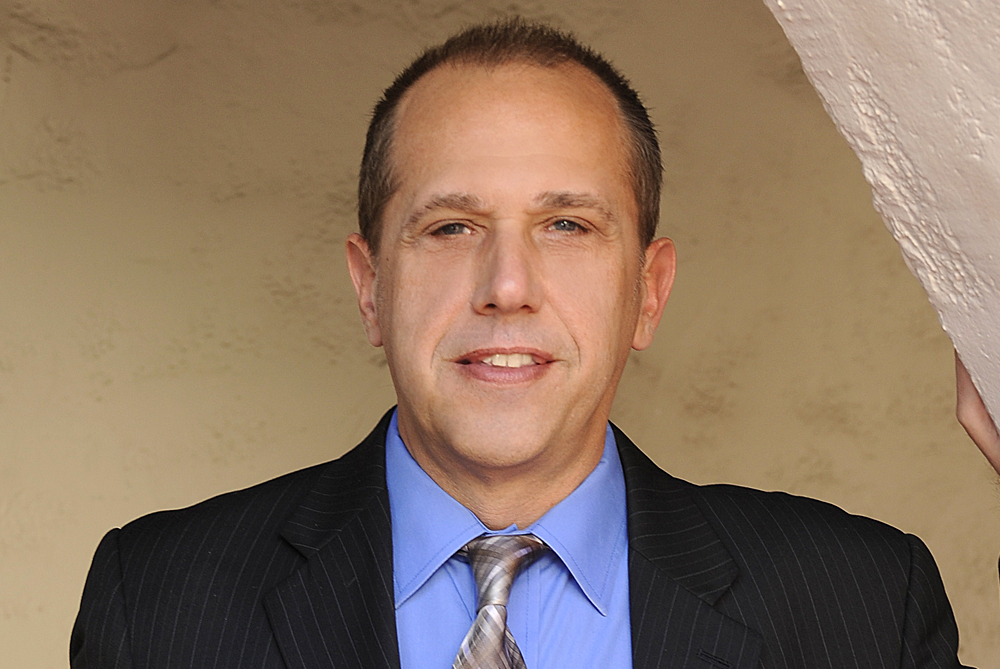Facing a job loss can be difficult, especially if you believe you were fired unfairly. In California, employees have rights that protect them against wrongful termination, meaning being fired for illegal reasons. This guide will help you understand what steps you can take to build a strong wrongful termination case if you think your employer acted unlawfully. By taking specific actions, you can create a strong foundation for your case and increase your chances of obtaining justice. This guide breaks down the process into clear steps, helping you understand what wrongful termination is, how to collect evidence, and what you need to succeed. At, The Myers Law Group, APC, we are here to guide you through the legal process and help you navigate the complexities of your case
Understanding Wrongful Termination in California
California is an “at-will” employment state, which means that, in most cases, employers can let employees go without needing a reason. However, there are exceptions. Wrongful termination happens when an employer fires an employee for illegal reasons. These reasons may include discrimination, retaliation, or violating public policy. For example, if an employer fires someone because of their race, gender, age, or disability, this would be illegal under California law. Likewise, firing an employee for reporting workplace safety violations or refusing to perform illegal tasks is considered wrongful termination.
To win a wrongful termination case, you must show that your employer violated these laws or went against public policy. The reason for your termination is key. If it connects to discrimination, retaliation, or other illegal motives, you have a solid foundation for your claim. Learning about your rights as an employee and understanding what qualifies as wrongful termination will be crucial as you move forward. With this knowledge, you can determine if your situation fits the criteria for a case and begin collecting evidence that supports your claim.
Collecting and Preserving Evidence
In any legal case, strong evidence is essential. Building a strong wrongful termination case starts with collecting and preserving evidence that supports your claims. Begin by gathering all relevant documents, such as employment contracts, performance reviews, and any written warnings or disciplinary notes you received. If your termination was based on alleged poor performance, having copies of positive performance reviews can help show that your firing was unfair.
Keeping records of your communications with your employer is also important. Save any emails, messages, or memos that may indicate why you were fired. This can include exchanges with your manager or HR department. If there were conversations related to the issues that led to your termination, write down detailed notes of these discussions, including dates and key points. Witnesses can also play an important role in supporting your claim. If coworkers or other individuals witnessed any discrimination or unfair treatment, their statements could be valuable to your case. Ask them to write down what they saw, as these accounts may help prove that your employer’s actions were unlawful.
Identifying the Reasons for Termination
A key step in building a wrongful termination case is understanding the reason your employer gave for your firing. Employers are often required to provide a termination reason, especially if it is related to poor performance or conduct. Review any written documents or communications from your employer about your termination. If their explanation seems unfair or does not align with your actual performance, this could indicate wrongful termination.
In California, certain reasons for firing an employee are illegal, even in an “at-will” employment state. Some of these reasons include discrimination based on race, gender, age, disability, or religion. Other illegal reasons include firing someone as retaliation for whistleblowing, reporting harassment, or refusing to engage in illegal acts. If your termination connects to any of these reasons, this strengthens your wrongful termination case. If you were fired shortly after reporting something illegal or complaining about workplace conditions, this could further show that retaliation may have been involved.
Seeking Legal Advice and Guidance
Navigating a wrongful termination case can be challenging, and having professional guidance can make a difference. An experienced wrongful termination attorney can provide valuable advice on your rights and how to proceed. They will evaluate your evidence, review the facts of your case, and help determine the best legal strategy. An attorney can help you file a claim with the proper agencies, such as the California Department of Fair Employment and Housing (DFEH), and guide you through each step.
Hiring an attorney may also help you deal with any fears about retaliation or further harm to your career. They can help protect your interests and ensure that your rights are respected throughout the legal process. In addition, they may advise you on reaching a settlement or, if needed, represent you in court. Since wrongful termination cases in California can be complex, having legal assistance allows you to focus on building a strong case, knowing you have someone advocating for you.
Filing a Complaint with the Right Agencies
Once you have collected evidence and discussed your case with a legal professional, the next step is to file a complaint. In California, you can file a wrongful termination claim with agencies like the DFEH or the U.S. Equal Employment Opportunity Commission (EEOC). These agencies handle complaints related to workplace discrimination and retaliation. They investigate complaints and determine if there is enough evidence to take action against the employer.
Before filing a complaint, ensure you understand each agency’s requirements and deadlines. In California, employees must file complaints with the DFEH within one year of the wrongful termination event. This timeline is important because missing it can affect your ability to file a lawsuit later. Submitting your complaint to these agencies is often the first step in seeking justice. If the agency finds that your claim is valid, it may try to help you reach a settlement with your employer or give you permission to file a lawsuit.
Evaluating Settlement Options
Many wrongful termination cases are resolved through settlements instead of going to court. A settlement can be beneficial because it saves time and provides a guaranteed outcome without the uncertainties of a trial. Your attorney can help you understand the value of your case and what a fair settlement would look like. This may include compensation for lost wages, emotional distress, or damages related to your termination.
If your employer offers a settlement, review the offer carefully with your attorney to make sure it addresses your needs. While accepting a settlement can be a good option, it is important to evaluate whether the terms are fair and reasonable. In some cases, you may need to negotiate for a higher amount or additional terms. By understanding your rights and the compensation you may be entitled to, you can make informed decisions about any settlement offers and decide what is best for you.
Preparing for a Possible Court Case
If settlement talks are unsuccessful or if your case does not lead to an agreement, the next option may be going to court. Preparing for a court case requires a strong presentation of evidence, clear arguments, and thorough preparation. In a wrongful termination trial, you must show that your employer acted unlawfully. Your attorney will guide you on how to present your evidence effectively, call witnesses, and make a compelling case to the judge or jury.
It is important to understand that going to court can be a lengthy and detailed process. You may need to attend hearings, submit paperwork, and answer questions about your case. Your attorney will prepare you for each step, helping you understand what to expect and how to respond. Although trials can be challenging, they can also provide an opportunity for justice and fair compensation. With the right preparation and legal support, you can feel confident moving forward with your case.
The Role of Documentation in Strengthening Your Case
One of the most effective ways to support your wrongful termination case is through detailed documentation. Keeping a record of your job performance, disciplinary actions, and interactions with supervisors or HR departments can strengthen your claim. If you receive positive feedback or awards for your work, save these records as well. These documents help demonstrate that your termination was not due to poor performance or conduct issues.
Additionally, if you experienced discrimination or retaliation before your firing, record these events with as much detail as possible. Include dates, names, and specific incidents that may show a pattern of unfair treatment. By providing clear, documented evidence, you help paint a picture of your work environment and give your attorney a stronger basis to argue your case. Documentation serves as proof of your work performance and any unfair treatment you may have endured, allowing your wrongful termination claim to have a stronger impact.
If you are facing a wrongful termination situation, it is important to know that help is available. Building a strong wrongful termination case requires careful attention to details, documentation, and legal guidance. The Myers Law Group, APC understands the challenges you are facing and is ready to help you navigate this difficult process. By working with skilled attorneys, you can improve your chances of achieving justice and receiving the compensation you deserve. Reach out to The Myers Law Group, APC today to discuss your case and learn how they can support you in standing up for your rights.










